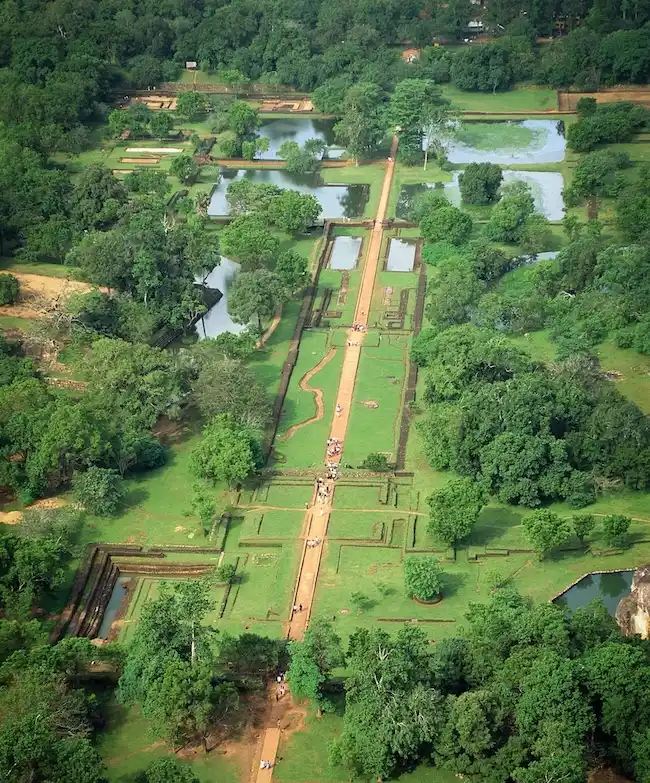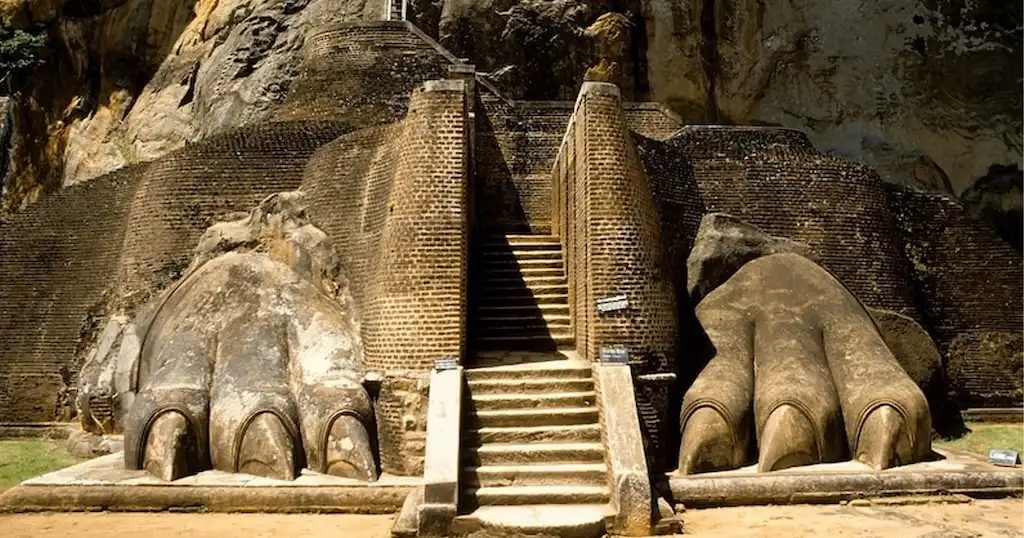An Ancient Work Hidden in the Mountains of Sri Lanka

In the mountains of Sri Lanka, there is an ancient work of art that has been hidden for centuries. The work is known as the Sigiriya Frescoes, and it is one of the most important and impressive examples of ancient Sinhalese art.
The Sigiriya Frescoes were created in the 5th century CE by King Kashyapa I. The king built a palace on top of a massive rock in the mountains, and he decorated the walls of the palace with murals of beautiful women. The murals are known for their realistic detail and their vibrant colors.
The Sigiriya Frescoes were hidden for centuries after the fall of the Sinhalese kingdom in the 10th century CE. They were rediscovered in the 19th century, and they have been a source of fascination for archaeologists and art historians ever since.
The history of the Sigiriya Frescoes
The Sigiriya Frescoes were created in the 5th century CE by King Kashyapa I. The king was a controversial figure, and he was eventually assassinated by his own son. After the king’s death, the palace was abandoned and the murals were hidden from view.
The Sigiriya Frescoes were rediscovered in the 19th century by a British officer named John Davy. Davy was exploring the mountains of Sri Lanka when he came across the ruins of the palace. He was amazed by the beauty of the murals, and he published a book about them in 1821.

The discovery of the Sigiriya Frescoes sparked a renewed interest in ancient Sri Lankan art. Archaeologists and art historians have been studying the murals ever since, and they have learned a great deal about the Sinhalese culture of the 5th century CE.
The significance of the Sigiriya Frescoes
The Sigiriya Frescoes are one of the most important and impressive examples of ancient Sinhalese art. The murals are beautifully rendered, and they provide a unique glimpse into the Sinhalese culture of the 5th century CE.

The Sigiriya Frescoes are also significant because they are one of the few surviving examples of ancient Sinhalese art. Most of the other art from this period was destroyed during the invasions of the Chola and Pandya kingdoms in the 10th and 11th centuries CE.
The Sigiriya Frescoes are a national treasure of Sri Lanka. They are a reminder of the country’s rich and ancient history, and they are a source of pride for the Sri Lankan people.
The future of the Sigiriya Frescoes
The Sigiriya Frescoes are currently in a state of preservation. The murals are exposed to the elements, and they are slowly deteriorating. The Sri Lankan government is working to preserve the murals, and they have developed a plan to build a protective enclosure around the site.
The preservation of the Sigiriya Frescoes is a top priority for the Sri Lankan government. The murals are a national treasure, and they are a source of pride for the Sri Lankan people. The government is committed to preserving the murals for future generations.
Frequently Asked Questions:
- Where are the Sigiriya Frescoes located?
- Who created the Sigiriya Frescoes?
- When were the Sigiriya Frescoes created?
- Why were the Sigiriya Frescoes hidden for centuries?
- What is the significance of the Sigiriya Frescoes?
I hope this article has been informative and interesting. If you have any further questions, please feel free to ask.

